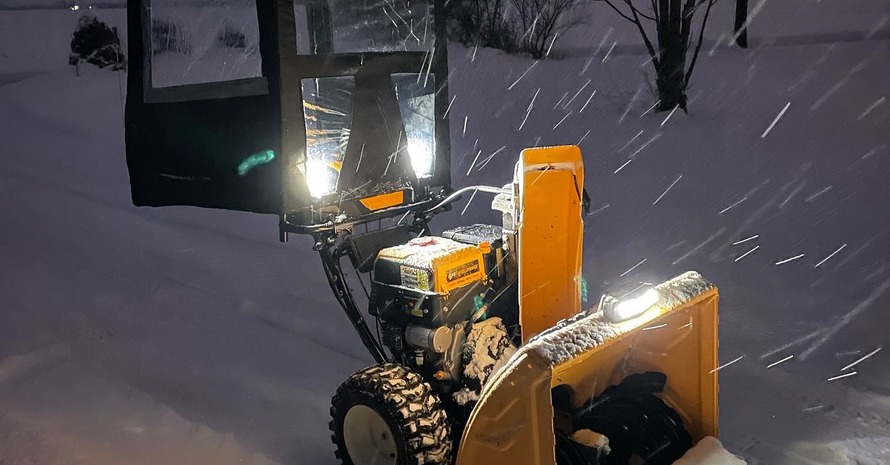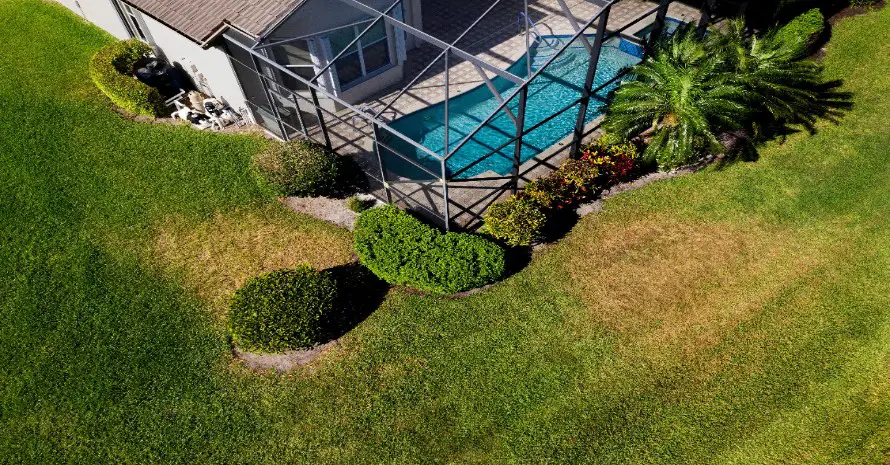You hardly find a person enjoying a few hours cleaning sidewalks and driveways with only a shovel. In this article, I will show the alternative way of removing snow from your site using professional equipment that saves time and energy. Snow blowers are divided into 3 types according to the power they use. Gas, corded and battery-powered tools differ in a number of crucial parameters. Let’s figure out how to use a snow blower, the essential safety rules, and which tips will help you finish the job as soon as possible.
Guide on How to Run a Snowblower
- Read the manual.
- Depending on the power source, check the level of fuel and oil, if the battery is fully charged, or plug the tool into an outlet.
- Adjust a chute to blow the snow in the direction of the wind.
- Move the throttle to the highest level.
- Depending on the tool type, pull the starter or push the button.
How to Use a Snow Blower: Three Types of Equipment
Snow blowers are divided by the power source into gas, corded and battery-powered. This characteristic influences the rest of the tool’s parameters, including how it starts, safety rules, and ways of use.

Starting and maintaining a snow blower
The first question that arises as soon as you get the snow blower out of the package is how to start it. The way of starting, using, and maintaining depends on the fuel a tool uses, so here are the basics.
- Corded snow blowers are the easiest to start. If you wonder how to use an electric snow blower, there’s nothing easier. You need to plug it into the closest outlet. This equipment requires no maintenance since it has no liquids or details to be replaced over time.
- Before starting battery-powered equipment, check if the battery is fully charged. Batteries have a limited lifetime, usually lasting for about 3 years, then they should be replaced and recycled. Never throw any batteries into the garbage since they become toxic and pollute the environment.
- Gasoline-powered equipment requires the most effort to start and run. Before starting a gas leaf blower, check the fuel and oil it contains. If you need to hide a tool away until the next season, drain the liquids since they don’t age well and can damage the engine. Maintaining this machine is also the most expensive since you need to refresh fuel and oil regularly.

Safety rules
Snow blowers are relatively safe if you use them right. Here are some rules and warnings on using this kind of equipment.
- Protect your eyes with goggles or glasses since there is always a risk of blowing debris with snow. Some people prefer working with earplugs to protect their ears from noise. Boots with traction are also helpful since they prevent slipping.
- If running a gas snow blower, never refill it until it cools down. Pouring fuel on hot surfaces might lead to a fire.
- Never try to unclog a snow blower with bare hands. If you notice a chute stopped, turn off a machine and take an unclogging tool to prevent injuries.
- Don’t wear loose clothing, and be careful with sleeves and scarf edges. Fabrics can get inside the mechanism and make you trapped and hurt.
- When adjusting a chute and driving a snow blower, ensure you don’t risk throwing snow at other people. Getting hit by a pile of snow might not seem dangerous, yet, an auger can also pick up rocks, twigs, pieces of ice, and other hard debris that might damage someone.
- Read the manual. Rules might seem obvious, yet you should always check twice to avoid injuries and failures.

Snow blowing tips
- Plan your track, taking into account the area’s dimensions. As a rule, the quickest way to finish work is to move up and down the site, but not across.
- If you use a gas snow blower, change fuel and oil regularly. These liquids can lead to carburetor failure that stops the whole mechanism when getting old. That is also why you shouldn’t store a snow blower with its tank full. Draining fuel and oil when the season is finished saves you a lot of money and patience you could waste on repairing.
- Take the forecast into account. For example, high wind can significantly interrupt your work since blowing snow in the wind gives much less result than if you work when it is still. Moreover, low temperature reduces the battery’s runtime if you use a battery-powered instrument.
- When expecting a heavy snowfall, mark the limits of the area you need to clean. It will save time and strength preventing working in vain. You can use reflector stakes since they are easy to install and visible at any time and condition.
- Watch out for speed because moving too fast might cause clogging. Even if you need to remove the dry powder, you can accidentally pick up hard debris that will get stuck inside the mechanism.

FAQ on Using a Snow Blower
Here are some popular questions concerning additional functions a snow blower can perform, conditions in which it shows the best result, and the potential damage it might bring.
How do you use a snowblower for the first time?
What you need to do to start a snow blower depends on the type of equipment. The only thing you need to do to start a corded snow blower is to connect it to the power grid. Battery-powered tools need to be fully charged, and gas ones need a full tank of fuel and fresh oil.
Do snow blowers break up ice?
Two- and three-stage snow blowers can remove ice by breaking it into small pieces and picking them with augers. Its effectiveness depends on the thickness of the ice and snow blower’s capacity.
Do snow blowers damage driveways?
Yes, snow blowers can damage concrete, asphalt, and stone. However, you can minimize the damage by adjusting the auger’s and scraper bar’s height and removing large debris before cleaning.
How much snow do you need to use a snowblower?
Intake height describes the thickest layer of the snow a tool can handle, but how much is minimum snow for snowblower? Snow blowers work at any depth, but 2 inches is the smallest thickness when you actually need them.
How to Operate a Snow Blower Safely and Efficiently
The first thing to do is to read a manual. However boring it may seem, instructions usually contain all the information you need to start, use and maintain the tool to make it last as long as possible. Household applications are relatively safe, yet, following safety rules is obligatory. I recommend keeping children away from this equipment and staying focused while working.
What kind of snow blowers do you find the most effective? How important is safety for you? Please share your thoughts in the comments.




